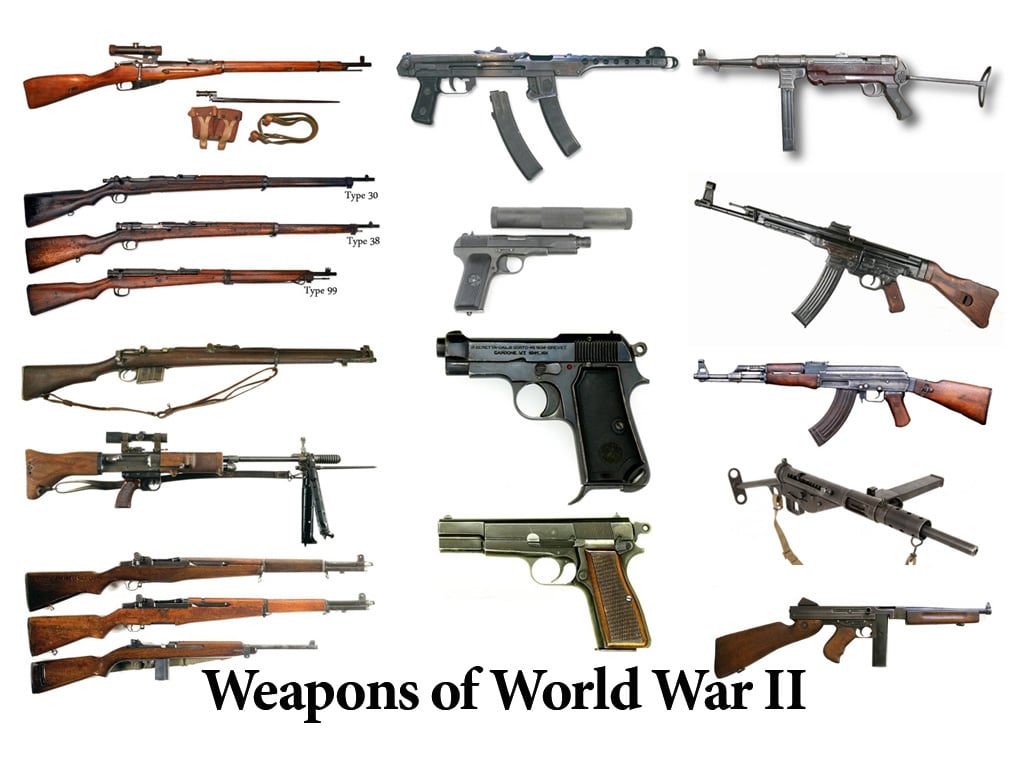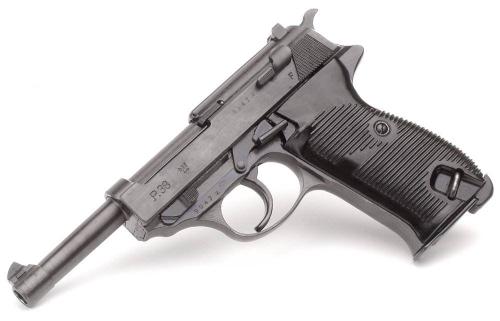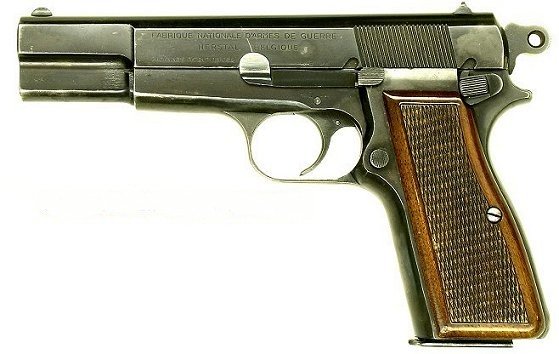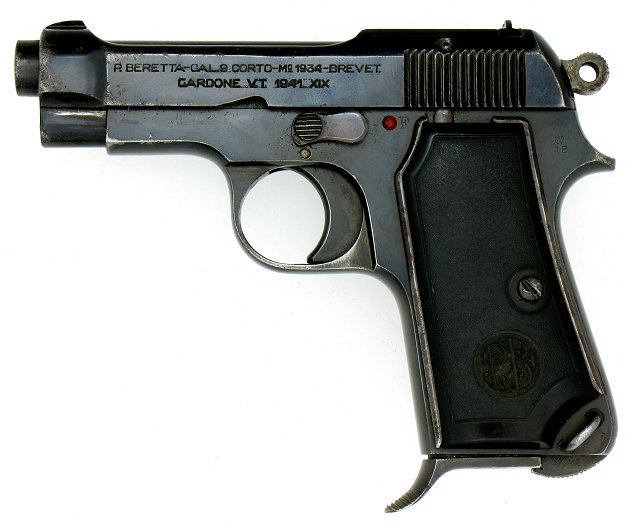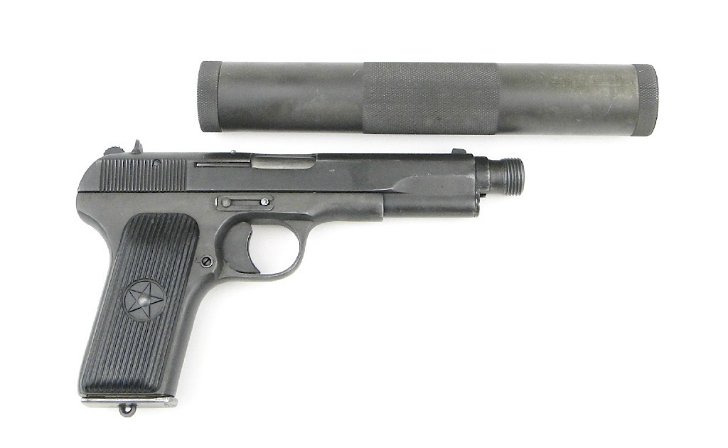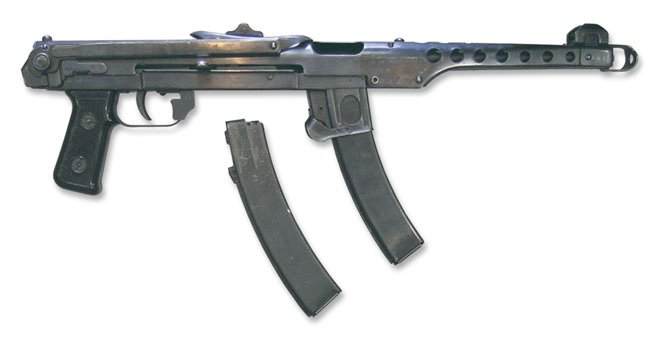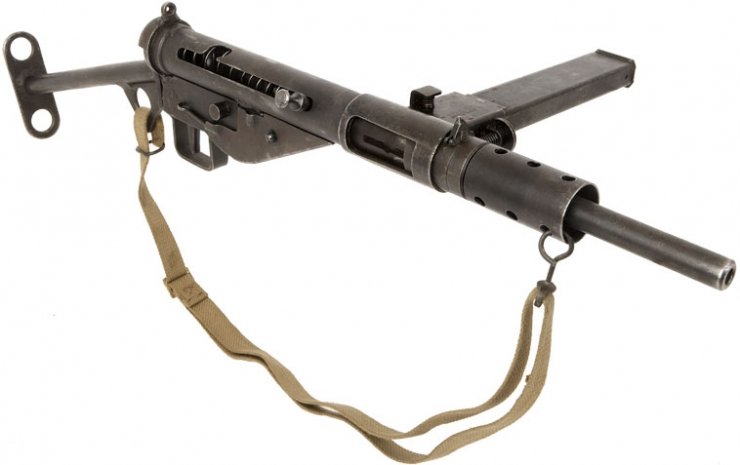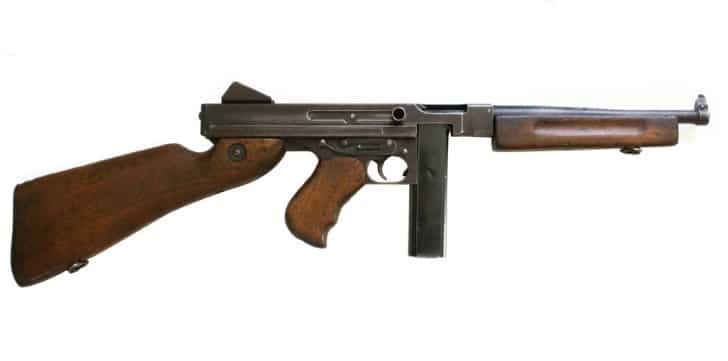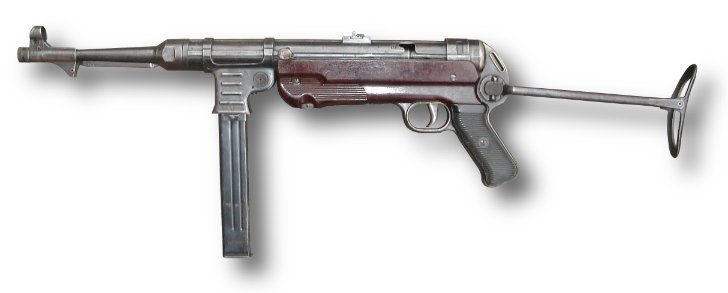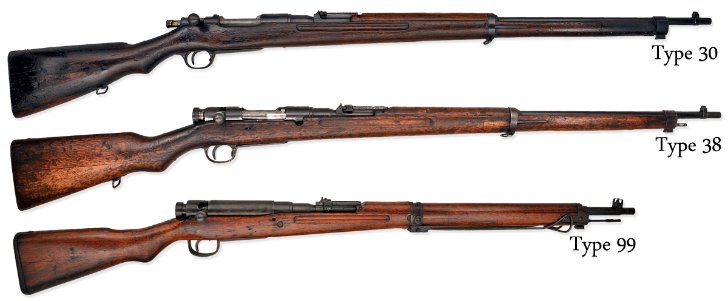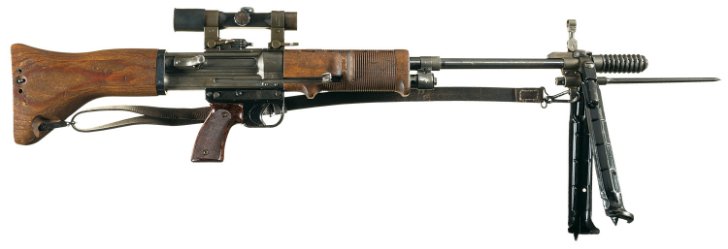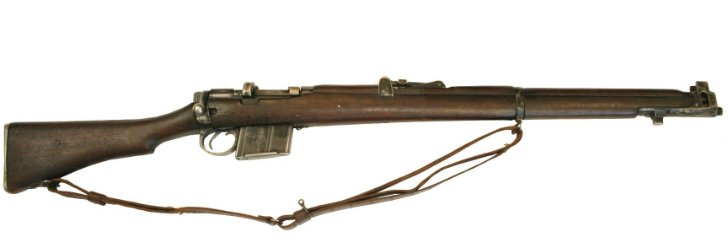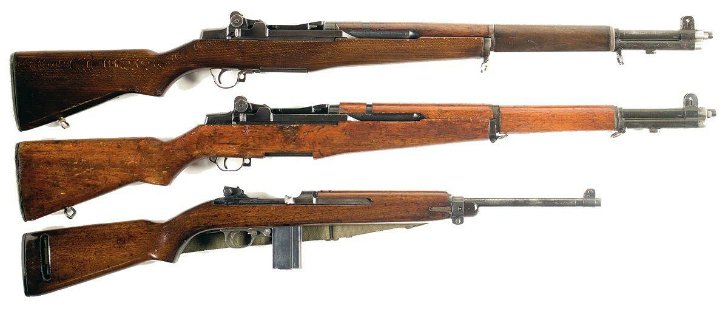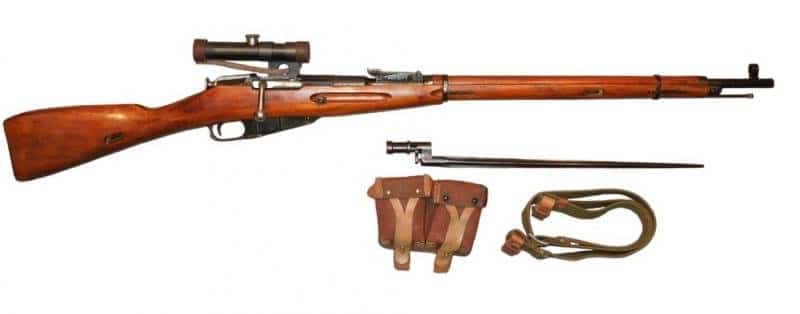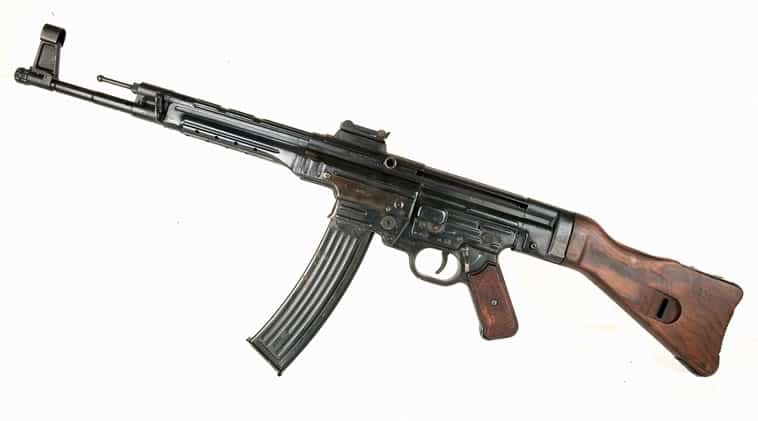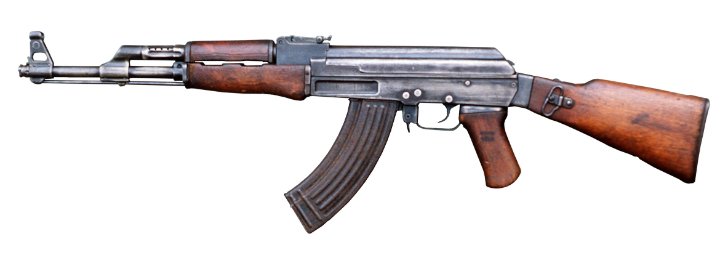Weapons of World War II
In my previous articles on the same title, I talked about the planes used in World War II, the tanks that wrote legends of the land war, the sea monster battleships that changed the course of the war, and of course the German invention of strange-sized machines.
Now, at the request of our esteemed readers, we are looking at the partially small machines emerging from the trenches by talking about the firearms carried by the infantry power, which are the main heroes of the front, and even the “cavalry” force, which we can call extraordinary for the World War II, at the end of the first half of the 1900s (1939 – 1945).
World War II, in which the first jet engine flew, where cannons were produced to destroy targets tens of kilometers away, and tanks were driven, each of which caused a new technological leap, was, of course, looking at the hands of the infantry just like every war, and the “perforated iron” was before this war. it would take unprecedented forms.
Instead of the random listing, I did in previous articles, this time we will keep the work a little more orderly and go first by entering the pistol-class weapons and slowly enlarging the work.
Good reading… (can we add “I’m Hulk, welcome to HobbyZero” here?)
Walther P38
This weapon, produced in 1938 by Walther, who is still among the world’s leading gun manufacturers, has always been one of the most unforgettable weapons of World War II; It is a product of German genius that has been frequently considered in World War II-themed films.
The P38 gave technical leadership to weapons such as the Beretta 92 or the M9, which would come after him; It was the first weapon to feature a wedge lock, allowing a choice between double-action or single-action trigger. (double action that you have to set up the rooster each time and single-action options that set the rooster automatically)
Using 9-millimeter parabellum ammunition, this weapon was able to shoot effectively at 50 meters with bullets ejected from its barrel at a speed of 356 meters per second; However, this deadly effect was limited to 8 rounds in a single magazine, so it was more useful for SS officers or police forces than on battlefields.
Browning HP
Called the Browning Hi-Power, one of the most impressive features of this semi-automatic weapon, in addition to its effectiveness or being a reliable weapon, is that it was used by both the Allied and Axis States during the war.
Browning HP, which was developed and started to be produced in Belgium in 1935 by the American firearm designer John Browning, fell into Nazi hands with the German invasion of Belgium in 1940 and became easily popular and popular with its 13 9-millimeter parabellum magazines.
The fact that its production, which started in 1935, is still continuing and is still actively used by the armed forces of some countries shows how effective and popular it is.
Beretta M1934
With its simple structure and easy-to-assemble components, and of course Beretta’s characteristic open barrel, the M1934 was one of the weapons with its own identity.
On the other hand, the M1934, one of the most successful designs of the Italian Beretta, which was founded in 1526 and has been producing firearms for 489 years, is not to miss a large-scale agreement with the Italian army, which is very affected by the German Walther PP, and to “hit the target at exactly twelve”. was produced.
The gun, which went into mass production in 1935, reinforced this success by getting its name among the most produced guns in the pre-war period. 1 million 80 thousand pieces, in the peace process.
Tokarev TT-33
Another weapon that was started to be produced in the 1930s and is still being produced today is the Russian-made Tokarev TT (two models, 30 and 33).
As with almost all Russian / Soviet-produced weapons, Tokarev, one of the most widely produced and of course the most war-torn weapon of all time, was produced approximately 2 million units to meet the Soviet army’s need for semi-automatic pistols; but a few decades later, Tokarevler produced in lands such as Yugoslavia, China or the Czech Republic were not of the same quality; which are still not today.
Tokarev, whose ammunition was also named after its creator, was able to send its 7.62 bullets at a speed of 480 meters per second to an effective range of 50 meters with a high hit rate and became one of the iconic weapons of the Soviets.
PPS – Pistolet Pulemyot Sudaeva
I think the most obvious example of Soviet simplicity is this submachine gun after the T-34 tanks.
The PPS43, which was born as a simpler alternative to the PPD40 and PPSh41 and was developed with a focus on cost reduction, was able to shoot effectively at a range of 150 meters with 7.62 Tokarev ammunition and had a speed of 600 shots per minute. On the other hand, the partially more complicated PPSh41, which it replaced, had a speed of 1000 shots per minute.
Sten Light Machine Gun
Stan is one of the weapons used during Operation Cyprus, the Republic of Turkey, which entered into service in 1941 British production of a submachine gun.
For Sten, which was produced up to 4 million in total with different variations, it would be more accurate to say a commercial success for the British rather than a success on the battlefield; because this weapon, which uses a 32-magazine-capacity 9-millimeter parabellum ammo, is technically close to its location, which Britain copied from Nazi Germany in the same year; but left the Lanchester submachine gun, which was a higher level and better quality weapon, and then the original British Sterling submachine gun.
Thompson – Tommy Gun
Combined with the drum magazine, this submachine gun, also known as the Tommy Gun, was used by New York gangsters rather than the battlefield gun, and was also known as the Chicago Typewriter (Chicago Typewriter) and was one of the most famous weapons of all time.
Although the M1A1 version for military use in battlefields does not support the drum magazine, the Tommy Gun has reached a capacity of 1500 shots per minute in the 1919 model with an option that can be expanded to 100 rounds; Moreover, with 11.43-millimeter bullets.
Maschinenpistole – MP 40
MP 40, another symbolic weapon of the Nazi arsenal of World War II, each symbolizing German engineering genius; It was loved by all military circles due to its material quality, easy handling, compact structure, and production cost less than its ancestors MP 36 and 38.
Although the serial firing mode was the only option, with its partially low capacity capable of firing 500 rounds per minute, soldiers could easily control their shots by pulling their hands from the trigger and could fire 9-millimeter parabellum ammunition, which came out of the barrel at a speed of 400 meters per second, effectively and accurately up to 200 meters.
Arisaka Series
Arisaka rifles, which left their place to Murata with World War II, entered production in 1897 and were used by Japanese soldiers until the end of the war in 1945.
Arisaka series rifles, which have many different versions starting from the Type 30 model to the Type99, were diversified according to the preferences and needs of snipers and were used with different types of binoculars throughout the war.
Among these sniper rifles, which contain 6.5 millimeters and 7.7 millimeters of ammunition and usually carry 5 magazines, Type 99 was the most preferred weapon by the American soldiers.
Fallschirmjager – FG42
The FG42, which made its first operational use in the operation in which the Italian dictator Benito Mussolini was rescued from 200 soldiers by the order of Hitler himself, was developed especially for German parachute units and Waffen-SS commandos.
This weapon, also known as the most advanced weapon of World War II, was a high-quality machine with a 20-bullet capacity magazine, 600 meters range, 7.92-millimeter ammunition fired at 740 meters per second with interchangeable firing modes; However, the FG42, which was produced in very few numbers, was not widely used in war.
The FG42, which was produced to develop a robust, compact, and effective weapon that parachute troops could easily carry after jumping off the plane, would later pioneer the American M60 machine gun.
Lee-Enfield
This British gun, which was produced more than 17 million units with many different versions, was put into production in 1895 and is still actively used in various parts of the world.
Lee-Enfield, which saw countless fronts from the date of its production until its active use in Afghanistan in 2001, is effective at 500 meters, its models capable of firing up to 2700 meters, 10-magazine, and the opportunity to shoot 20 or 30 shots per minute by aiming. Enfield became known as “three-oh-three 3-O-3) among the soldiers because of its .303 caliber ammunition.
M1 Garand
The M1 Garand, in the words of General George S. Patton, nicknamed the “old man”, who is considered one of the greatest commanders of America with numerous medals, “the most magnificent equipment brought to the battlefield”, was also the first standard production semi-automatic rifle used by the military.
M1 Garand, which is still used by the American army for training purposes, allowed the soldier to shoot 8 shots without disrupting the aim and position of the soldier with its low recoil power and semi-automatic structure.
The M1 Garand firing its 7.62 ammunition in its 8 magazines at a speed of 853 meters per second had an effective range of 457 meters and 6.25 million units were produced.
Mosin Nagant
Due to a patent lawsuit that was never referred to as Mosin-Nagant in Russia and was initiated on the design and mechanism, the weapon, which is actually Mosin’s production, was named Mosin-Nagant in Europe after the other designer Nagant opened the issue to the public.
This weapon, which has even been used by such events, was also used in the conflicts between Russia and Ukraine in 2014, including the Turkish War of Independence, which has accomplished the most important works in history.
In addition to giving Vasili Zaytsev, one of the greatest snipers in history, the Order of the Soviet Hero in the Battle of Stalingrad, it was also used by Finnish Simo Hayha, who was known as the “White Death” and was the sniper who killed the most enemy soldiers in all wars throughout history. (Try to Simo Hayha, the legendary man)
Sturmgewehr – STG 44
The STG 44, the first modern fully automatic infantry rifle, was a technology that only Nazi Germany had in World War II.
The war machine beyond its age, capable of firing at 685 meters per second from its magazine containing 30 7.92 millimeter bullets, could not be produced in high numbers due to its sophisticated technology as well as its complex structure and cost, and it was not enough to win the war for the German infantry; however, it was an indication that the history of firearms entered a new era.
Avtomat Kalashnikova 47
Although the AK 47 was a weapon developed after World War II, something would have been missing if it were not among so many firearms.
Combining the best features of both semi-automatic rifles and submachine guns in the same body and, of course, keeping the cost and production process at the lowest and simplest with the Soviet touch, the AK 47 is today the most produced, most used of all time with more than 100 million units. and the most war-torn weapon.
AK47s, which have 100-shell drum magazines, were once the only option for 30-round magazines, and the firing mechanism, which remained almost the same, was designed to use 600 7.62 millimeters of ammunition per minute at a speed of 715 meters per second from a distance of 350 meters. The AK47, which is intact and reliable by the soldiers and even if the hummer passes over it, is buried in mud, sand, and water, the AK47 also resists the heating problem with its wooden components and makes itself history as the most magnificent war machine.

